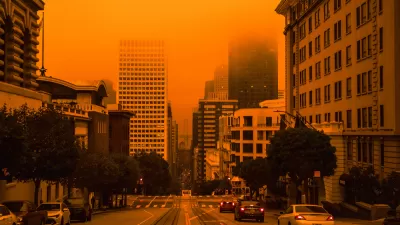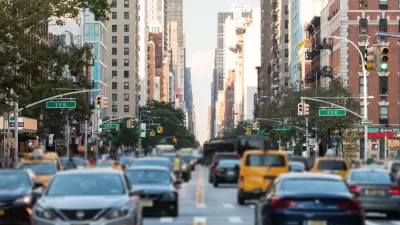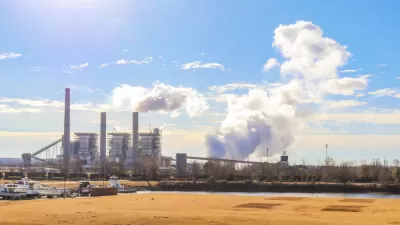A region known more for carbon emissions strives to create a carbon-neutral city powered by renewable energy and designed to reduce overall energy demand.
"Construction is under way on what is being called the world's first carbon-neutral city, rising from a featureless sandy expanse near the Abu Dhabi airport. Green as the city is intended to be, some environmentalists have criticized the project for deflecting attention from ongoing unsustainable development in a region with few natural resources aside from oil.
The city called Masdar, Arabic for "source," will have 40,000 residents and be powered exclusively by the sun, wind and heat stored in the earth.
Project leaders are relying on future "green" innovations -- what project manager Amer Battikhi calls "jumps in technologies" -- to make the goal possible. For that reason, many of the solar fields planned for the city will be built near the end of the eight-year project.
A 10-megawatt solar farm was built first, however, to generate power for the first phase of construction. Planners are also using recycled steel and recycled concrete and hope to recycle and reuse all construction waste. Waste that can't be recycled is being collected in hopes that future technologies will allow it to be recycled.
Much of the city is being constructed on a platform, or pedestal. Above the pedestal will be pedestrian streets and a dense mix of businesses and homes. Below the pedestal, a fleet of nearly 3,000 electric vehicles called "personal rapid transit" pods will carry residents and visitors through the city.
Traditional cars will be barred from entering Masdar. Light rail will connect the city with the carbon-emitting world.
Water will be produced by solar-powered desalination and will be reused for irrigation. Even the dew will be collected for use."
FULL STORY: Oil-rich, high-living gulf nation creating first carbon-neutral city

Maui's Vacation Rental Debate Turns Ugly
Verbal attacks, misinformation campaigns and fistfights plague a high-stakes debate to convert thousands of vacation rentals into long-term housing.

Planetizen Federal Action Tracker
A weekly monitor of how Trump’s orders and actions are impacting planners and planning in America.

San Francisco Suspends Traffic Calming Amidst Record Deaths
Citing “a challenging fiscal landscape,” the city will cease the program on the heels of 42 traffic deaths, including 24 pedestrians.

Half of Post-Fire Altadena Home Sales Were to Corporations
Large investors are quietly buying up dozens of properties in Altadena, California, where a devastating wildfire destroyed more than 6,000 homes in January.

Opinion: What San Francisco’s Proposed ‘Family Zoning’ Could Really Mean
Mayor Lurie is using ‘family zoning’ to encourage denser development and upzoning — but could the concept actually foster community and more human-scale public spaces?

Jacksonville Launches First Autonomous Transit Shuttle in US
A fleet of 14 fully autonomous vehicles will serve a 3.5-mile downtown Jacksonville route with 12 stops.
Urban Design for Planners 1: Software Tools
This six-course series explores essential urban design concepts using open source software and equips planners with the tools they need to participate fully in the urban design process.
Planning for Universal Design
Learn the tools for implementing Universal Design in planning regulations.
Gallatin County Department of Planning & Community Development
Heyer Gruel & Associates PA
JM Goldson LLC
City of Camden Redevelopment Agency
City of Astoria
Transportation Research & Education Center (TREC) at Portland State University
Jefferson Parish Government
Camden Redevelopment Agency
City of Claremont





























